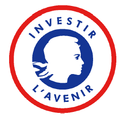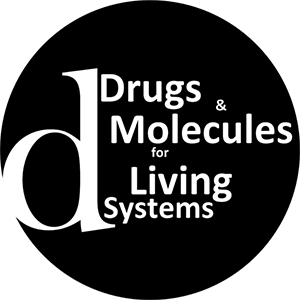Multiparametric Strategies against Antibiotic Resistance in Tuberculosis – Mustart Project


Team :
- Team Leader: Nicolas Willand – Professor
- Dr Marion Flipo – Assistant Professor
- Dr Baptiste Villemagne – Assistant Professor
- Dr Florence Leroux – Engineer
- Julie Dumont – Assistant Engineer
Collaborators :
- Dr Alain Baulard, CIIL, Institut Pasteur Lille
- Dr Ruben Hartkoorn, CIIL, Institut Pasteur Lille
- Dr Priscille Brodin, CIIL, Institut Pasteur Lille
- Dr Philip Supply, CIIL, Institut Pasteur Lille
Project :
The reduction in the global incidence of tuberculosis (TB) observed each year is too small to compensate for the worrying increase in multidrug resistance to anti-tuberculosis drugs (MDR-TB). While Europe has the lowest incidence of TB in the world, it is also where the rate of MDR-TB is the highest. The worrisome dispersion of MDR strains in a growing population of latent healthy carriers, in which resistance cannot be detected to date, constitutes a major obstacle to WHO's eradication objectives.
In comparison to other bacterial infections, tuberculosis therapy is very long, going from months for completion, to even years in the case of MDR-TB. The length of this treatment reveals that the efficiency of current therapy is certainly not optimal, which can lead to lower compliance and the gradual selection of MDR or XDR tuberculosis.
A major reason why treating TB takes so long is probably because, in the body, M. tuberculosis resides in different (stochastic) physiological and metabolic forms, some of which are tolerant to many of the antibiotics in use. In this context, the recent burden of MDR-TB adds to the urgent need for combinations of novel antibiotic classes that target the mycobacteria in its various niches.
An additional drawback to tuberculosis therapy, and indeed to the efficient development of novel tuberculosis therapies, is that it is not possible to routinely define treatment efficacy in real time, neither are there tools to monitor the early emergence of subpopulations of drug resistance.
Nine French research teams are joining their expertise to tackle these questions through concerted and integrated research actions, from the laboratory to the patient's bedside. This consortium brings together seven powerful research teams specialized in TB (including two in Hospitals) as well as two partners from other fields providing new and complementary methodological approaches, making possible this ambitious and structuring project.
The consortium will share 9 innovative experimental compounds that have been identified for their ability to inhibit M. tuberculosis in at least one of its physiological niches, including by stimulating the response of the host to the infection. To complete this first objective, partners will share innovative screening models to enrich this list of potentially synergistic compounds. Combinations will be evaluated using ex vivo and in vivo models of infection in order to identify optimized multifaceted regimens.
The second main objective of Mustart will be to identify biomarkers translating the evolution of the treatment in real-time, in mice and in patients. These markers, aimed at being predictive of relapse events and the emergence of resistance, would allow rational and real-time personalization of treatments, as well as to diminish the costs of Phase II clinical trials. With such tools available in mouse models, the efficacy of molecules emerging from drug discovery projects such as this one would also be more easily measured, accelerating the development of optimized drug combinations.
This consortium has skills in microbiology, cell biology, immunology, biophysics, therapeutic chemistry, mathematics, biomedical resources including human cohorts, clinical expertise, and most of all, the common will to carry out these objectives.



